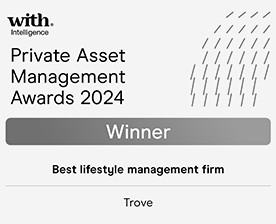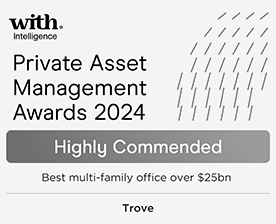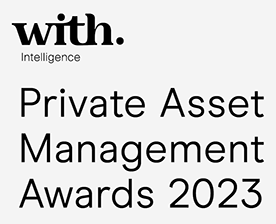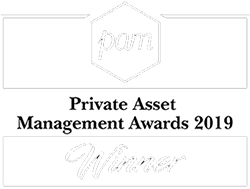Art as an Investment: A Quick Guide for the Novice Investor
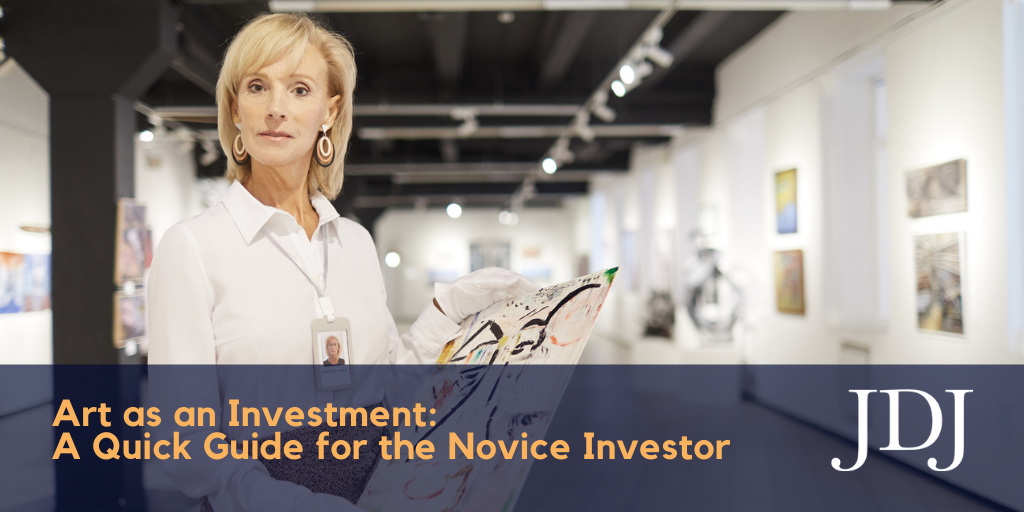
Interest in alternative investments is rapidly growing and one burgeoning area is art investment. In fact, online art sales have increased significantly during the pandemic, as seen via Sotheby’s which sold $285 million worth of fine art and decorative objects through July 31, 2021, triple the value for the entire year of 2019.
Art is a unique alternative asset class that can add diversification to your portfolio while reducing volatility, because its value doesn’t rise or decline with the stock market. Additionally, art can serve as a hedge against inflation. According to Cynthia Sachs, CEO and chief investment officer at Athena Art Finance Corporation, “Artworks are a physical asset, and physical assets tend to perform well in inflationary times. And given that we’re now going through an inflationary phase in our macroeconomic cycle, art can be a very nice inflation hedge.” Also, given the growing art market and an increase in digital platforms, entry barriers to owning art are decreasing, which creates an ideal opportunity for first-time investors to invest in art without breaking the bank.
So how does a novice art investor begin the process? First, remember that, like with any investment, investing in art comes with its fair share of risks and rewards. For one thing, your art may not appreciate in value. Also, art is not a liquid asset, meaning you cannot easily convert it into cash. If you intend to invest in art, be sure to keep this in mind before investing money that may be needed in the near future. However, if you decide to invest in art, there is potential upside for significant appreciation. Here are some dos and don’ts to consider before you start the buying process.
Do Invest in a Facilitator
The fine art world can be intimidating and confusing to new investors. To assist with your entry into the art investment market, consider hiring an art investment expert. Art experts are in tune with the ebbs and flows of the art market and will offer the widest selection of art, compared to galleries, which feature a specific roster of artists. Art consultants are also more apt to do on-site home and office presentations, taking the guesswork out of how the art will look. They can also help you place well-informed bids on pieces and prevent you from purchasing a potential fake or forgery.
Do Factor in Maintenance Costs
Art investors who invest in a physical asset can enjoy it daily, but that also means you’re responsible for monitoring humidity and sunlight to keep the piece in pristine condition. If you display the artwork, you’ll have to ensure that it maintains its original quality. And if you put it in storage, there will be an additional cost. Don’t forget other potential costs such as a certificate of authenticity to prove the art is created by the artist, to protect you from making a fraudulent purchase. Additionally, the certificate will establish provenance, which is important if the artwork is sold in the future.
To protect your financial investment, you will need the right insurance coverage. Be sure to review with your broker what perils are covered (fire, theft, water damage, etc.) and what may be excluded in the policy (earthquake, flood, etc.). Also, review your insurer’s limits on artwork, because if your piece is worth more than the limit, you’ll need to add a rider to so is it covered for its full value. Some lending institutions may have requirements for limits and covered perils as well as requiring they are listed as additionally insured on the policy.
Do Consider Fractional Art Investment
Before jumping into the world of art investing, you should determine how much you can afford to spend. Art can be expensive and intimidating to a novice investor, however, with technological advances in the art world, platforms like Masterworks and Otis have emerged and fractional ownership in fine art has become a popular asset class. Fractional investing in art involves purchasing shares of artwork, each representing a percentage of total ownership. If the piece sells at a profit, your shares increase in value accordingly. Of course, there are some downsides. Most importantly that investors never take physical possession of the art. So, if you want to enjoy your artwork in person, this may not be the best investment option.
Don’t Jump In Without Doing Research
Don’t invest without learning as much as you can about the art world. Visit local galleries and chat with curators. Check out gallery openings and art fairs, where up-and-coming artists tend to showcase their pieces. Browse sites like Artnet and online auction houses like Sotheby’s to understand how the market works. Once a painting or artist catches your eye, narrow down your search to see how much a particular piece of artwork costs. Magnus is an app that provides pricing information for potential investors. Simply take a photo of the artwork, and they’ll give you the details. Be sure to get the artwork appraised by a professional to determine its quality.
Don’t Rule Out NFTs
An emerging technology in the digital art world is nonfungible tokens or NFTs. An NFT is an asset that exists in the digital universe. Art NFTs can be any digital file, including artwork, articles, or even music. This unique asset is a unit of data stored on the blockchain, certifying the digital item to be one-of-a-kind. This is particularly useful in the fine art world, where there is always a threat of counterfeits. Some of the most famous artists like Leonardo da Vinci are available on the NFT market, as well as emerging artists. OpenSea is a good place to start.
Don’t Expect Immediate Returns.
Given that art is a long-term investment, you can’t expect values to skyrocket immediately. Most experts in the field recommend that serious art collectors consider holding their pieces for 10 years or more before selling (or sooner if the timing is right). Another option is to consider passing on artwork to your heirs as part of your estate plan. Talk with your estate attorney to learn more.
In short, for savvy investors who love art and have a budget, an investment in artwork can be an innovative way to diversity their portfolio, especially during the current global art boom.



